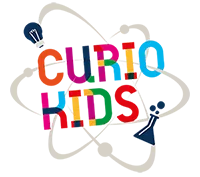
Do you remember the Cheshire Cat from Alice in Wonderland? The one who has the power to disappear to escape the Queen of Hearts’ soldiers? With this experiment, you will make the Cheshire Cat disappear in a glass of water, and keep only its funny smile and mischievous eyes. Using not magic, but the power of total internal reflection of light.
You will need:
- A pencil
- A black pen
- A small sheet of paper (half A4)
- A permanent marker
- A glass vessel deep enough to submerge the design
- Some water
- A Ziploc bag
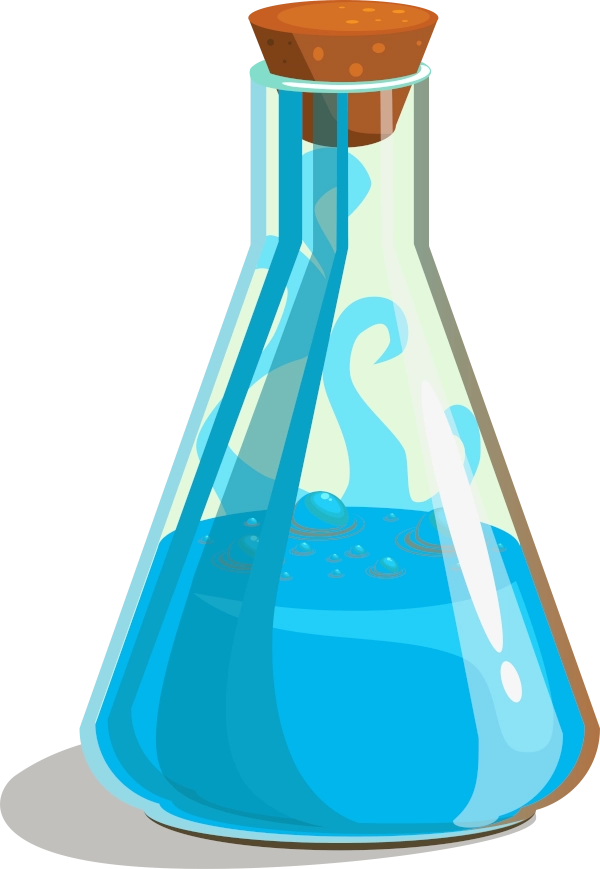
From 6 years

Difficulty : easy

Let's experiment
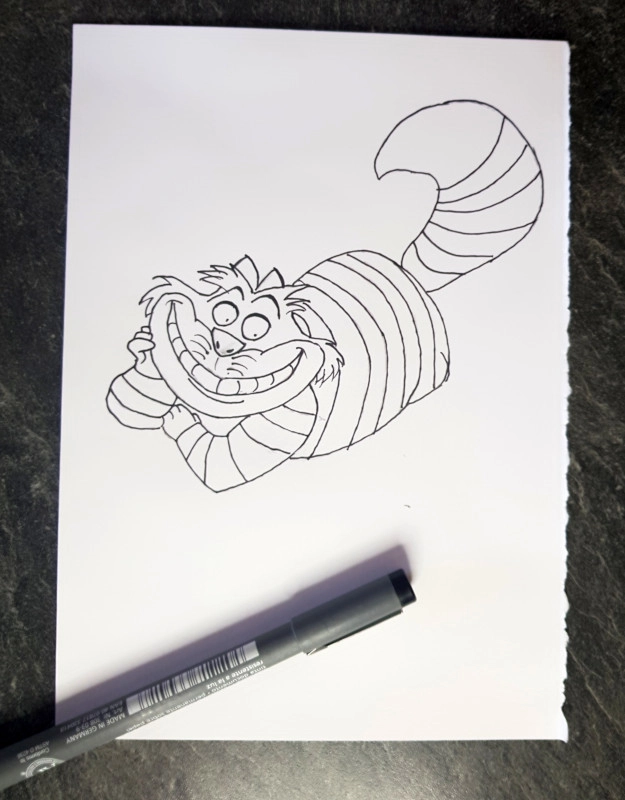

With your pencil, draw the Cheshire cat on your paper. You can trace it or simply print the model available on this page.
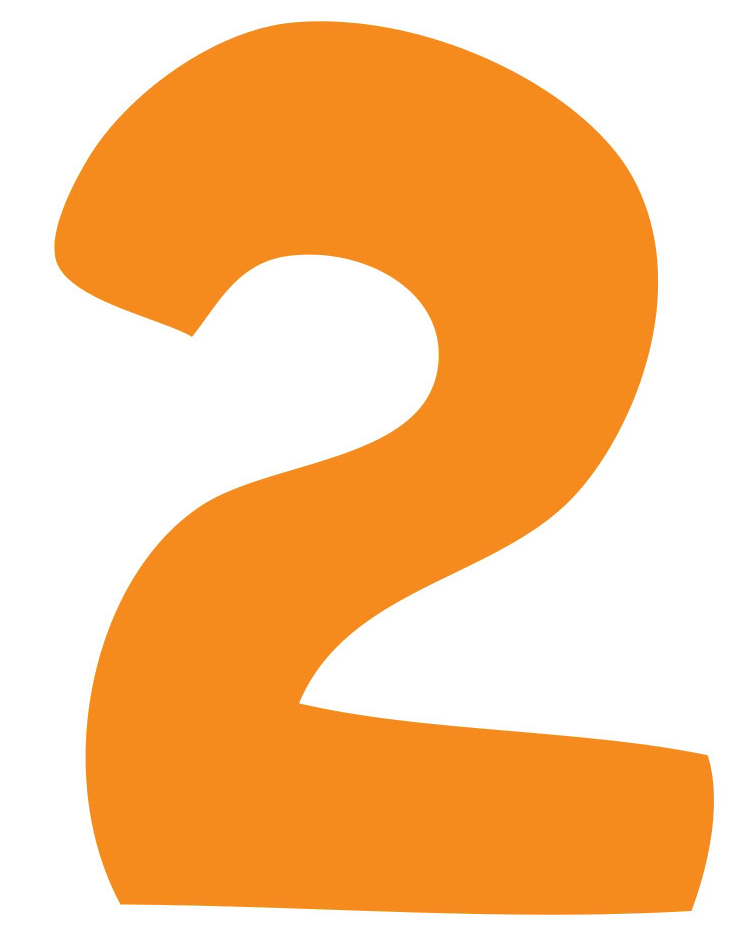
Go over the lines with a black marker.


Then place your drawing in the Ziploc bag and close it tightly.

With your indelible marker, trace over the mouth and eyes so that these parts of the drawing are reproduced on the bag.

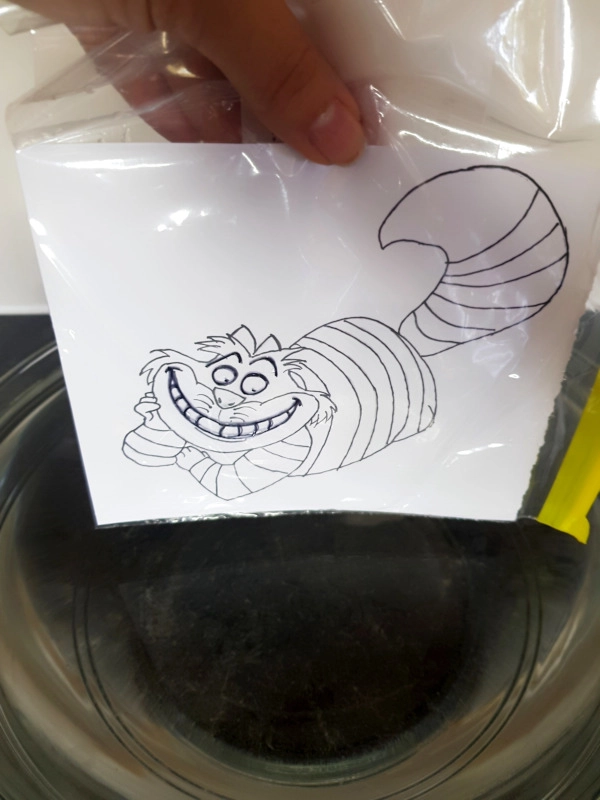

Fill your container with water all the way to the top.
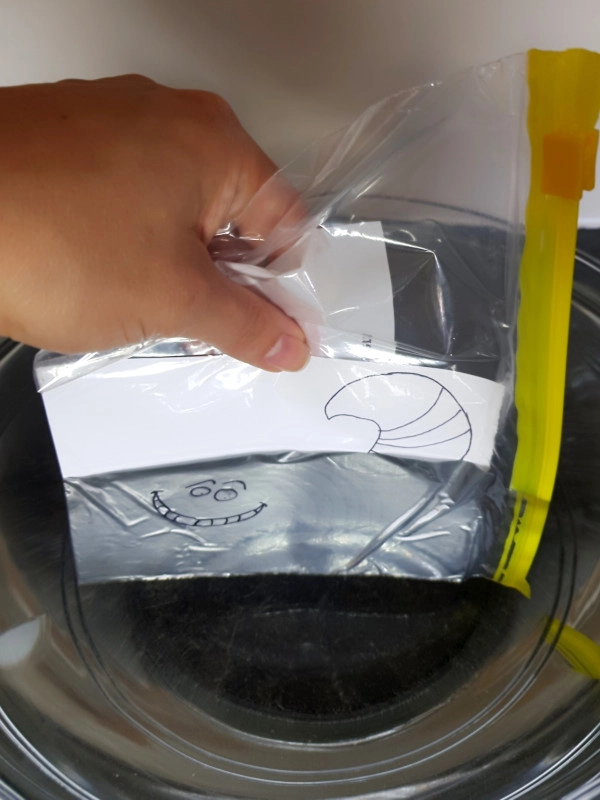

Now you’re having fun. Slowly dip your drawing into the water. Carefully, it must be perfectly vertical.
Do you see it? Your cat disappears, and all that’s left is its smile and its eyes traced with an indelible marker.
Understand the experiment
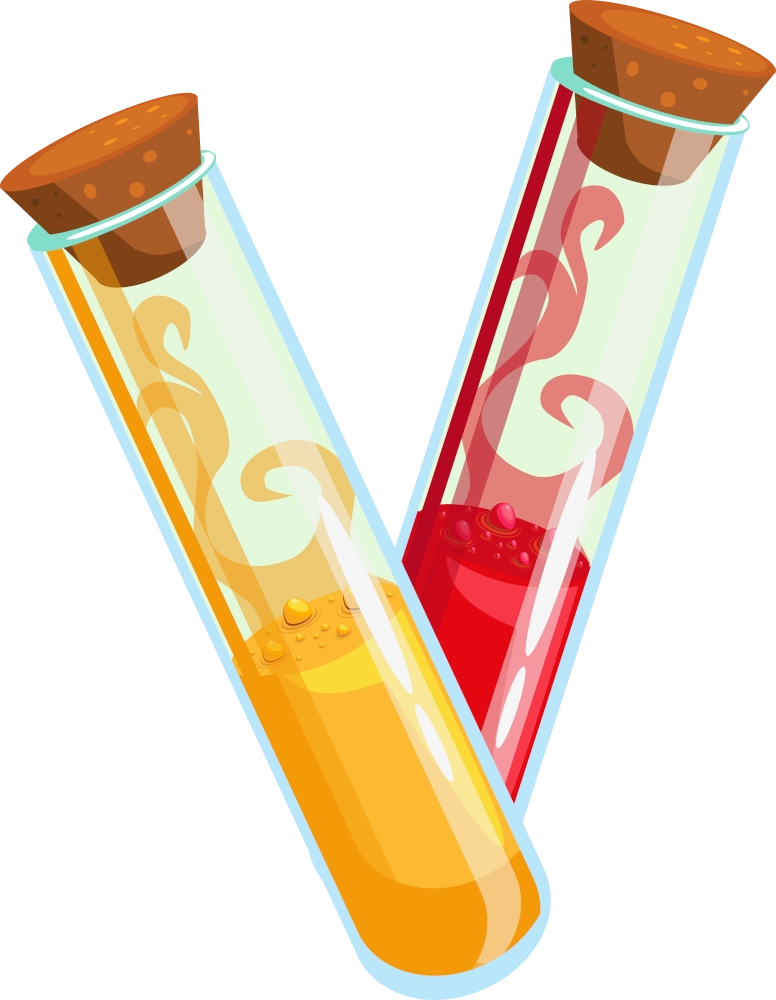
Your eyes detect the light, or they don't!
Every object you see reflects light. This light reflected by them reaches your eyes, your retina, more precisely, the organ located at the back of your eye. It communicates with the brain through the optic nerve, which allows us to interpret the images we see.
You can already conclude here that if the cat disappears, it is because the light does not reach your eyes when you put the bag in the water. But why is that?
It's because of the total internal reflection of light.
You have plunged your cat into water, in other words, in another transparent medium composed of water. When the light passes from the aqueous medium to the gaseous one, it changes direction slightly, because the two media do not have the same density. This is called light refraction. If you increase this angle beyond a critical value of 90°, the light does not come out of the water, it is called internal reflection. When you stand above your container of water, this is what happens. The light that normally reaches the cat is totally reflected in the water. So it doesn’t reach your eyes. So you have the illusion that the cat disappears. In reality, it is there… but you can’t see it because the light corresponding to the image of the cat can’t come out of the water.
On the other hand, the part written on the Ziploc bag is not totally reflected. Therefore, you can observe what is written on it, namely, the eyes and mouth.
Did you know?
Light to carry your messages in an optical fibre
Optical fibres use the principle of total internal reflection to carry telephone, internet, or television signals. Inside, it is made of a material that allows light to be totally reflected, again and again. So signals can be sent over very long distances without losing signal quality.
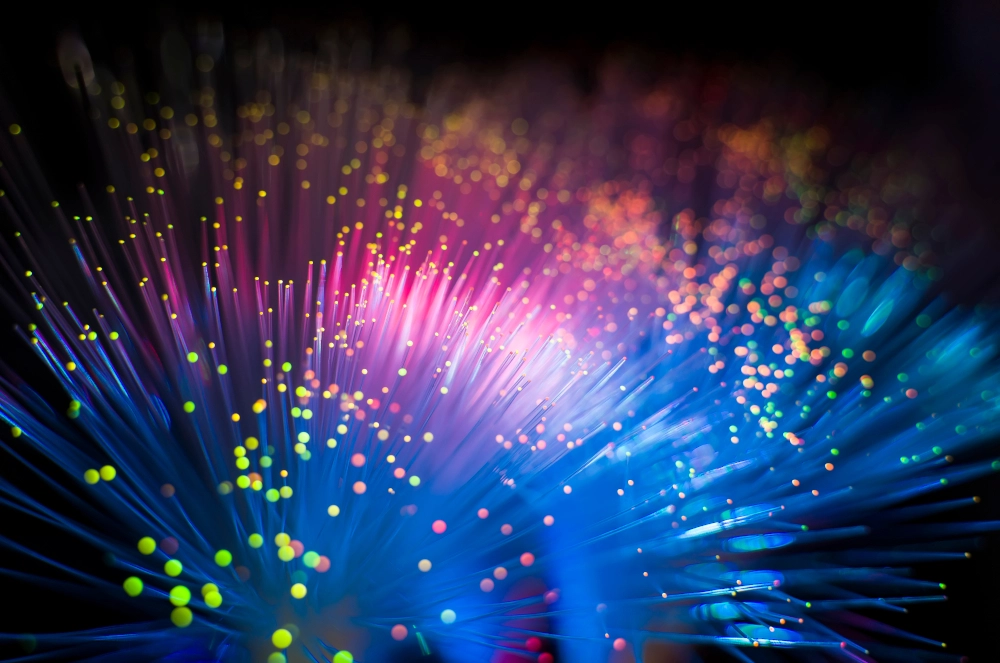
In concrete terms, a modern computer converts an electrical signal into a light signal. The light propagates through the optical fibre to its destination. The received signal is converted back into an electrical signal.
Challenge
Test full of other fun designs

Grow peppers from pepper waste
You’ll never buy pepper seeds for your vegetable garden again with this tip. With this simple experience, you will understand what a seed needs to germinate. Does it need light or dark? Is it possible to germinate them faster? […]

Make your phosphorescent lantern
If you are not lucky enough to observe fireflies at home, at nightfall, create this illusion yourself, by making phosphorescent lanterns. […]
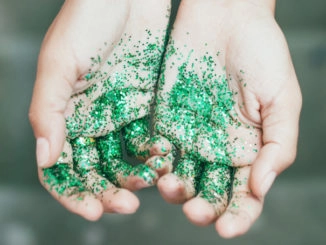
Hands full of germs
Washing your hands before eating is necessary to eliminate parasites invisible to the naked eye. Is it enough to put them underwater or is soap necessary? Thanks to the glitter, make this fun experience at home. […]
